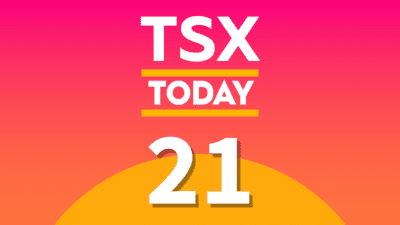When you look for stock information on a financial website, you might be overwhelmed by all of the numbers you see. What do the numbers mean, and will they help you make good investment choices? Let’s demystify one of these numbers today: the price-to-book ratio (P/B for short).
What does the ratio mean?
The ratio compares a company’s market value to its book (or accounting) value. To get the ratio, you divide the market value by the book value. Some people will use the terms market value and market capitalization interchangeably, but market value should take into account more factors, such as P/E ratios, price-to-sales ratios, and return-on-equity ratios, not just outstanding shares and stock price. Market value is supposed to help you decide the strength of a company as an investment.
Book value refers to a company’s net equity. In this case, we are looking at tangible assets (removing intangibles such as patents) minus liabilities. While market value is affected by external factors in the market, book value looks entirely at internal company operations. The ratio is also sometimes called the price-to-equity ratio.
You don’t need to pull out your math skills to figure this ratio out. Most investment sites, such as Yahoo or Google Finance, will provide the number for you. A ratio above one means the market value is higher than its book value. For example, if a stock has a P/B ratio of 1.50, the market value is 50% higher than the book value.
What does the ratio tell me?
You’re probably now thinking, Great, but what does this ratio do for me? It helps you figure out the value of a stock. Value investors look for stocks they feel are undervalued, which means they think a stock is selling below its intrinsic value. They see room for growth in undervalued stocks. Warren Buffett is probably the king of value investors.
When a value investor looks at the P/B ratio, they want to see a stock’s market value close to, or even less than, the book value. So, for value investors, the lower the ratio, the better.
P/B ratios vary depending on the industry, so if you are trying to decide if the ratio is good, look at a stock’s peers. For example, Enbridge Inc. (TSX:ENB)(NYSE:ENB) currently has a P/B ratio of 3.16. This would indicate a market value far higher than book value, which is the opposite of what value investors want to see. However, when we look at Enbridge’s peers, most of them are in the two to three range, so Enbridge isn’t out of line with its industry. Some industries, such as technology, tend to have high P/B ratios, because many of their assets aren’t adequately listed in their book values. (Items like patents and intellectual property do not to show up in book value.)
Bottom line
Generally, the lower the market value compared to the book value, the better for people looking to invest. Just remember to measure the P/B ratio against a company’s peers. And it certainly shouldn’t be the only number you look at when you consider whether or not to buy a stock. It’s just one piece of the puzzle for you to examine.










